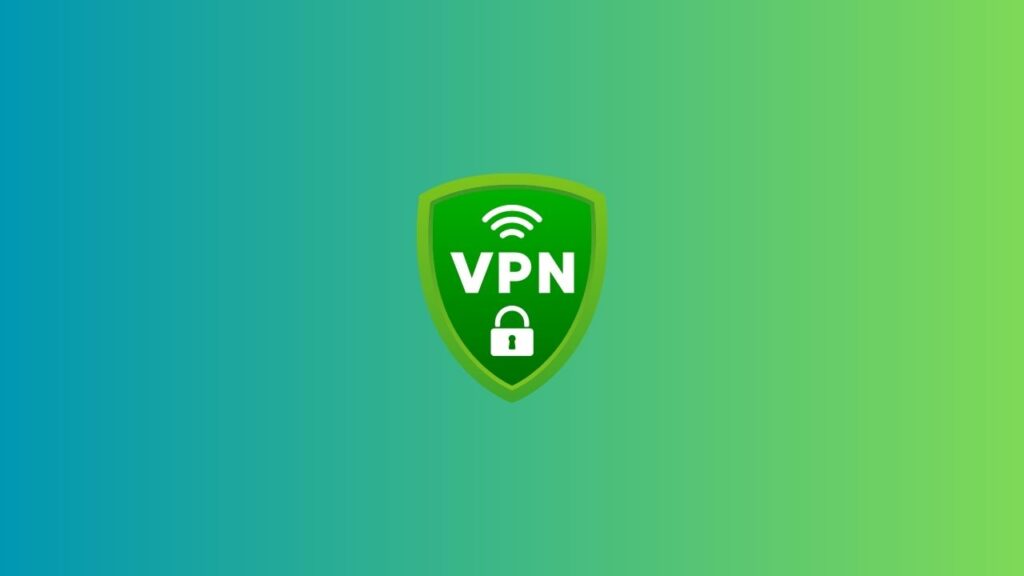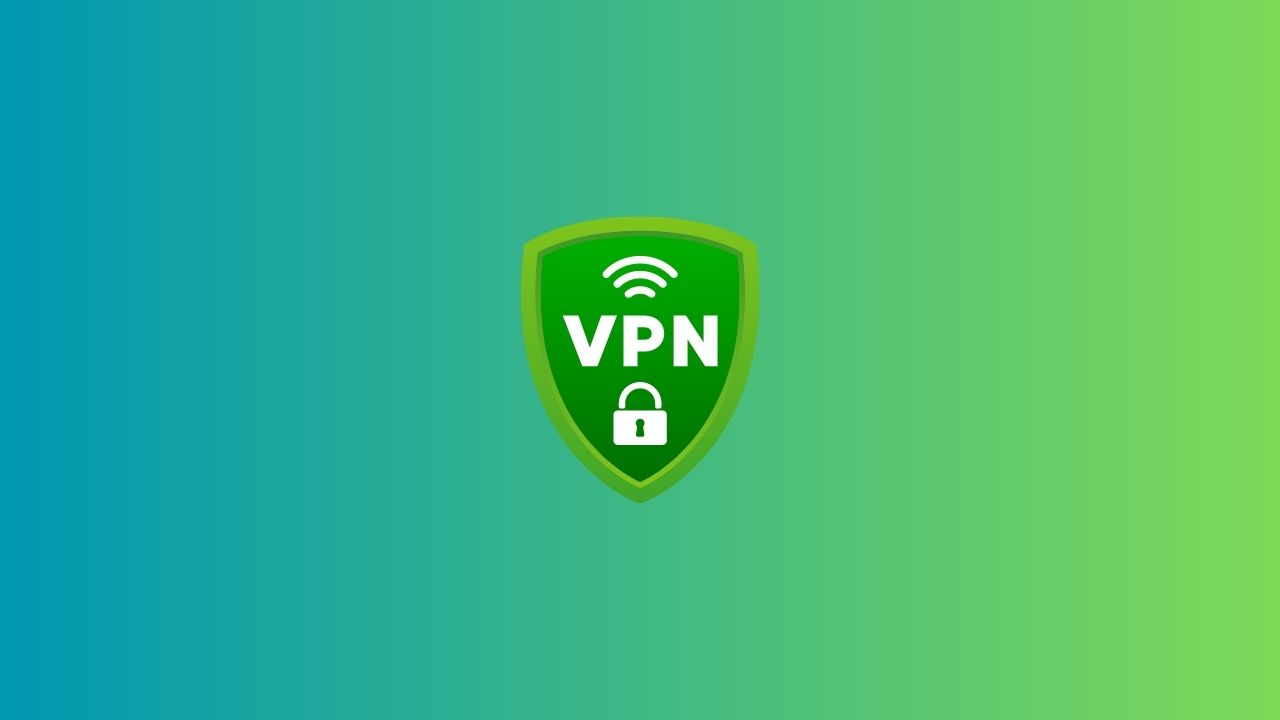
Virtual Private Networks (VPNs) have gained immense popularity as an effective tool for unblocking content online, especially when dealing with geoblocks on streaming platforms. However, it’s ironic that even though they aim to break restrictions, VPNs themselves are not immune to being detected and blocked. In this article, we’ll explore the reasons behind VPN blocks, the different types of blocks, and provide you with a step-by-step tutorial on how to bypass them. Additionally, we’ll present a list of the best VPNs known for successfully evading blocks.
Understanding VPN Blocks
- The Reasons Behind VPN Blocks
VPNs pose challenges for copyright holders and are often blocked for legal and political reasons. While VPNs offer valuable online anonymity and security, they can also be misused for scams and fraud. This has led to increased vigilance and restrictions by various entities such as schools, workplaces, and governments, targeting common users who need VPNs for legitimate purposes.
- Types of VPN Blocks
a. IP Blocking: This method directly blocks IP addresses associated with VPN services, preventing access to their servers.
b. Domain Blocking: In domain blocking, access to a VPN provider’s website is restricted, leading to an inability to connect to the VPN service.
c. Deep Packet Inspection (DPI): DPI is a technique used to detect and ban VPN connections by analyzing the data packets transmitted through the network.
d. Port Blocking: This method targets specific ports commonly used by VPN providers, effectively locking out VPN connections.
e. Quality of Service (QoS) Filtering: QoS filtering can identify VPN traffic and trigger a block based on this detection.
Bypassing VPN Blocks
- VPNs Bypassing IP Bans
To bypass IP bans, you need a VPN that offers a large server pool with a vast number of IP addresses. The more IP addresses available, the less likely it is that all of them will be manually blocked.
- Evading DPI and QoS Filtering
Choose a VPN with obfuscated servers or stealth protocols that make the VPN connection undetectable to DPI and QoS filtering mechanisms. VPNs like NordVPN and Surfshark offer these advanced stealth measures.
- Overcoming Port Blocking
Overcoming port blocking requires manually switching to an access port not targeted by the block. Many VPNs allow users to switch between protocols, which might use different ports, providing a potential solution.
Top VPNs for Bypassing Blocks
- NordVPN: NordVPN offers a vast server network, advanced stealth features, and obfuscated servers, making it an excellent choice for bypassing blocks.
- Surfshark: Surfshark is known for its ability to bypass restrictions with its wide server selection and stealth protocols.
- IPVanish: IPVanish boasts a large number of servers and supports a variety of protocols to overcome VPN blocks.
- PureVPN: PureVPN offers strong security measures and an extensive server network, making it a reliable choice for bypassing blocks.
Conclusion
VPN blocks may pose challenges, but there’s no need to abandon the idea of using VPNs altogether. With the right VPN service, you can bypass various blocking techniques and enjoy secure, unrestricted access to online content. High-quality VPN providers like NordVPN, Surfshark, IPVanish, and PureVPN continually evolve to counter VPN blocks effectively.
Remember, the key to successful VPN unblocking lies in selecting a reliable VPN service that offers a large server network, stealth measures, and flexible port configurations. By following the guidelines provided in this tutorial, you can navigate through VPN blocks and ensure a seamless and secure online experience.
So, stay vigilant, choose your VPN wisely, and never let restrictions hinder your online freedom! If you found this article helpful, feel free to leave a comment and share your VPN experiences with us. Happy unblocking!
